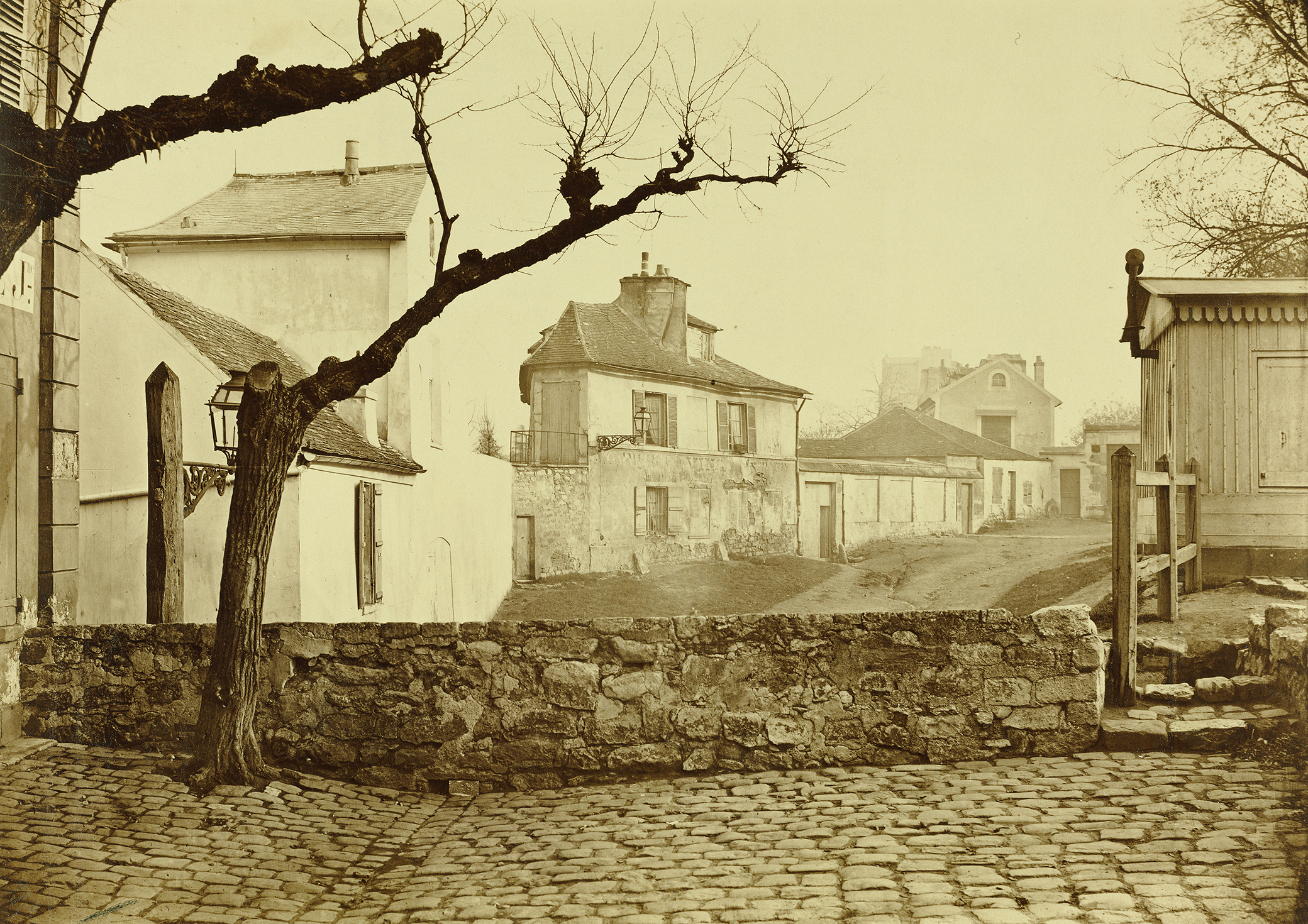
The Impasse de l’Essai at the Horse Market, Paris, by Charles Marville, c. 1865. The J. Paul Getty Museum, Los Angeles. Digital image courtesy the Getty’s Open Content Program.
Audio brought to you by Curio, a Lapham’s Quarterly partner
In 1870 a flaneur could stroll from the towering iron arches of the newly constructed Les Halles marketplace and in just a few minutes cross into Ile de la Cité. The island, the city’s ancient heart, was used as a natural fortress as early as 52 bc. Some two thousand years and many construction projects later, its dense mass of medieval roads had been razed, replaced with a manicured square, a sprawling hospital, a police station, and two new courthouses—all built using identical, cream-colored stone.
Looking out across the City of Light—the new Place du Carrousel, the theaters around Châtelet, the boulevards stretching their long arms across the city from the Arc de Triomphe—filled one Parisian with disgust. “We weep with our eyes full of tears for the old Paris,” wrote nineteenth-century journalist-turned-politician Jules Ferry. “We see the grand and intolerable new buildings, the costly confusion, the triumphant vulgarity, the awful materialism that we are going to pass on to our descendants.”
Ferry was not alone. Writers like Charles Baudelaire, Émile Zola, and Gustave Flaubert walked through the streets and monuments that would attract millions of tourists over the next century and felt little more than shame. Zola called the new Paris “an enormous hypocrisy.” Baudelaire penned an entire elegy to the city’s death: “Old Paris is no more (the form of a city / Changes more quickly, alas! than the human heart).” Their Paris had been reborn, its architectural heart torn out and replaced with a bright, shiny industrial center. In the eyes of these writers, the charming village of their childhoods had been erased and plastered over with a kind of bleak monotony.
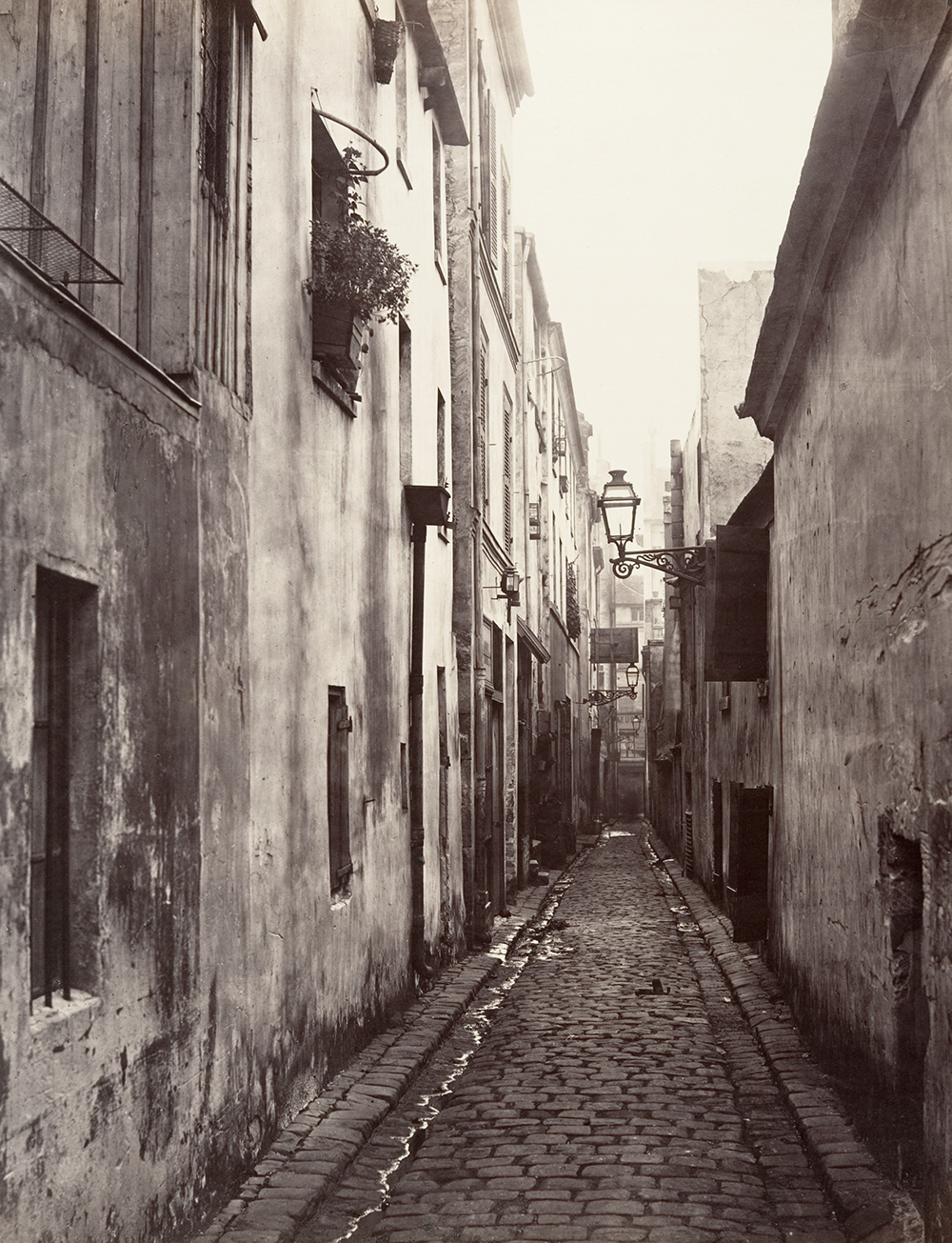
That monotony also came at a human cost: not only were thousands of buildings destroyed to make way for the new construction, but thousands of people were forced from their homes to make way for luxury buildings that the former tenants would not be able to afford. The new construction caused something of a great migration of people from the center of the city to the outskirts, setting up a geographical separation of poor and rich—and the corresponding dichotomy of suburb and city center—that has lingered to this day.
Baron Haussmann was the man responsible for the city’s new look. The Paris prefect had no background in architecture or urban planning when he started his project in 1852 under Napoleon III. Referring to himself as an “artist-demolitionist,” Haussmann rebuilt Paris in the 1850s and 1860s, tearing open what had been a dark maze of a city and replacing it with light, uniform modernity. He tore down nineteen thousand buildings, including thousands of homes constructed in the medieval era. In their places he erected thirty-four thousand new buildings, twenty-seven parks, Les Halles, the Opera, eighty-five miles of new boulevards, sewers, and numerous landmarks and infrastructure projects. Walking around the city had once required the navigation of a veritable web of narrow streets, built hundreds of years prior. After Haussmann, few medieval vestiges remained. Instead pedestrians could stroll from tree-lined boulevard to identical tree-lined boulevard.
Following decades of violent revolt and government overthrow, Haussmann understood his project as one that would build a new kind of society for a modern age. He described his constructions as percements, like a puncture wound meant to clean out a city that he saw as clotted with disease and unrest.
But the beauty of a city that still draws millions of annual admirers belies a more troubling truth about the ways urban design seeks domination over its inhabitants. Some may think of cities being designed with the goal of logical organization, sanitation, and the flow of people and capital. The reality, however, often has more to do with the interests of the wealthy and the powerful and their attempts at prestige—and control.
The 1789 French Revolution set into motion almost a century of regime change, with each new government leaving its mark on the landscape of Paris. After the fall of Louis XVI, the capital of France moved from Versailles back to Paris. Place de la Bastille, now known for its contemporary opera house and nearby smattering of student bars, is named for the Bastille prison that once housed enemies of the king. That prison was destroyed by revolutionaries in 1789-90, along with as many symbols of the church and monarchy as they could find in Paris.
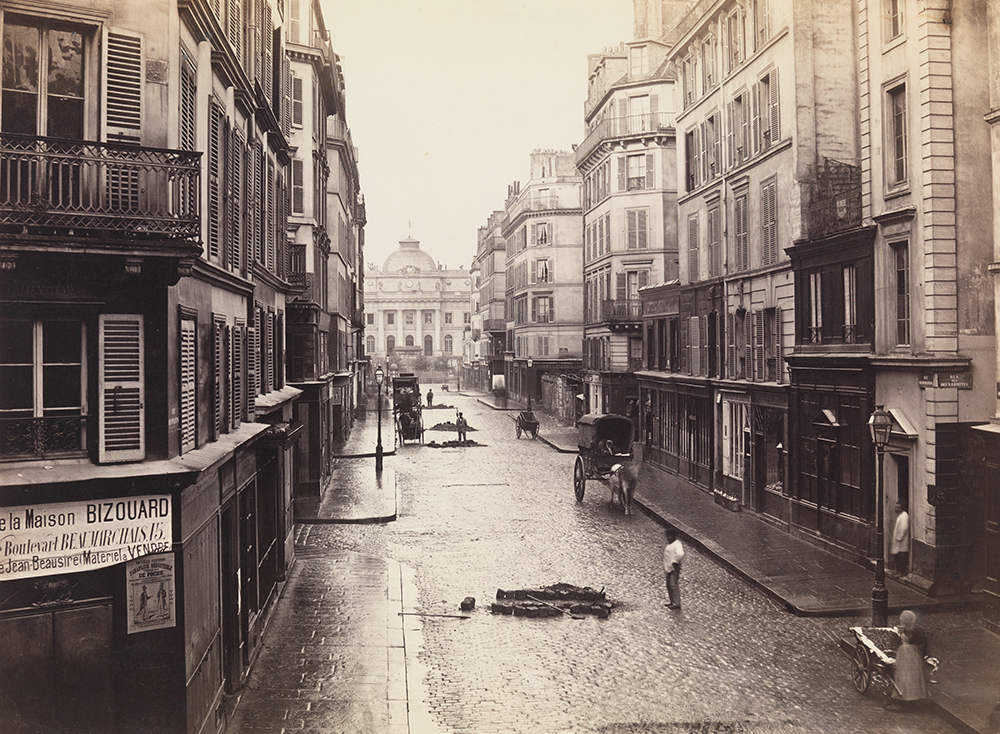
Before the Revolution, the Catholic Church had been the largest landowner in the kingdom. In the years following the revolution, all of that land was ceded to the newly founded French republic, and mostly sold to pay off government debts. Religious statues and steeples throughout Paris—including inside the Notre Dame cathedral—were melted down or sold to finance the war. The revolutionaries even used lead from the roof of Notre Dame to make bullets. The spire that fell during the Notre Dame fire in April 2019 was in fact a new design built in the nineteenth century during Viollet-le-Duc’s renovation. Place de la Revolution, now called Place de la Concorde—the enormous public square that stretches more than 800,000 square feet—became a stage for public executions. Legend has it that the revolutionaries executed so many people there that the blood stood ankle-deep for months.
It wasn’t until the arrival of Napoleon Bonaparte, however, that the notion of empire—so cherished by Haussmann and his contemporaries—would truly take root. Napoleon’s regime was defined by a desire to create a sprawling empire that would recall those of Greece or Rome. To that end, he constructed towering, neoclassical arches such as the Arc de Triomphe. He also carried out vast public works projects, including the construction of new quays and canals, as well as slaughterhouses, marketplaces, and warehouses.
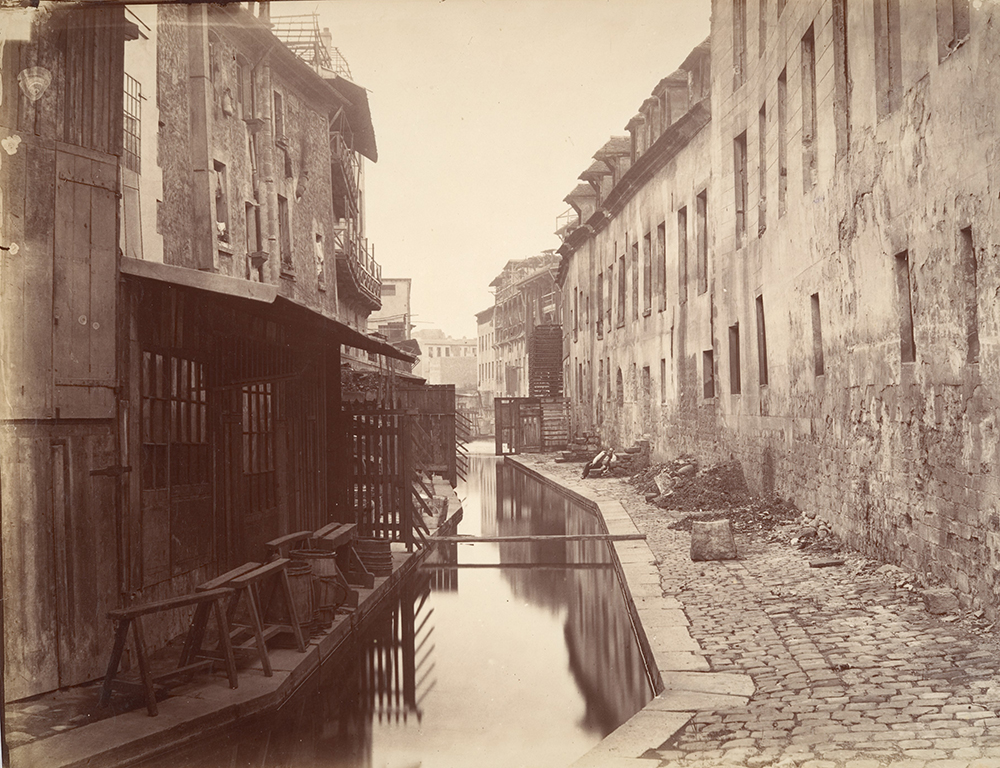
As in most things in his life, Napoleon was not subtle: like his revolutionary predecessors, he wanted to rip out the traces of his forebearers to make way for his own legacy. The emperor would lose power and be exiled to the island of St. Helena before he could realize those aspirations. “If only the heavens had given me twenty more years of rule and a little leisure, one would search vainly for the old Paris; nothing of it would remain but vestiges,” he wrote in exile.
Between when Napoleon wrote those words in 1815 and when his nephew was elected president in 1848, France would see three new kings—and a smattering of violent revolts. The streets of Paris became a near constant battleground over those three decades, with barricades rising over its winding streets. This was the Paris of Victor Hugo’s Les Misérables, where rebels of various revolts improvised barriers using spare furniture, paving stones, and whatever other refuse they could stack up to skirmish with the army.
In the rebellions of 1832 and 1848, the medieval streets became a strategy for Paris’ rebels, who used the city’s narrow maze to their advantage in guerrilla warfare. The streets were too tight for the government military to transport cannons to put down the insurrections—and often too constricted to even successfully march a French battalion. Hugo described such a scene in Les Misérables:
The narrow, uneven, sinuous streets, full of turns and corners, were admirably chosen; the environs of the markets in particular, a network of streets more intricate than a forest…A man, killed in the Rue du Ponceau, who was searched, had a map of Paris on him.
When Napoleon III came to power, he ordered wide boulevards connecting the city instead of its old network of dark and cobblestoned passages. Napoleon III was not the first to attempt to build boulevards and massive monuments in Paris, however. As Joan DeJean points out in her book How Paris Became Paris, both of these trends first started as early as the seventeenth century by Henri IV, and in particular by Louis XIV. The main differences between their public works projects and Haussmann’s would be in scale and destruction—and political motivation. Where land developers in the seventeenth century built on empty lots, Haussmann razed thousands upon thousands of buildings to make way for his own projects after decades of civil unrest.
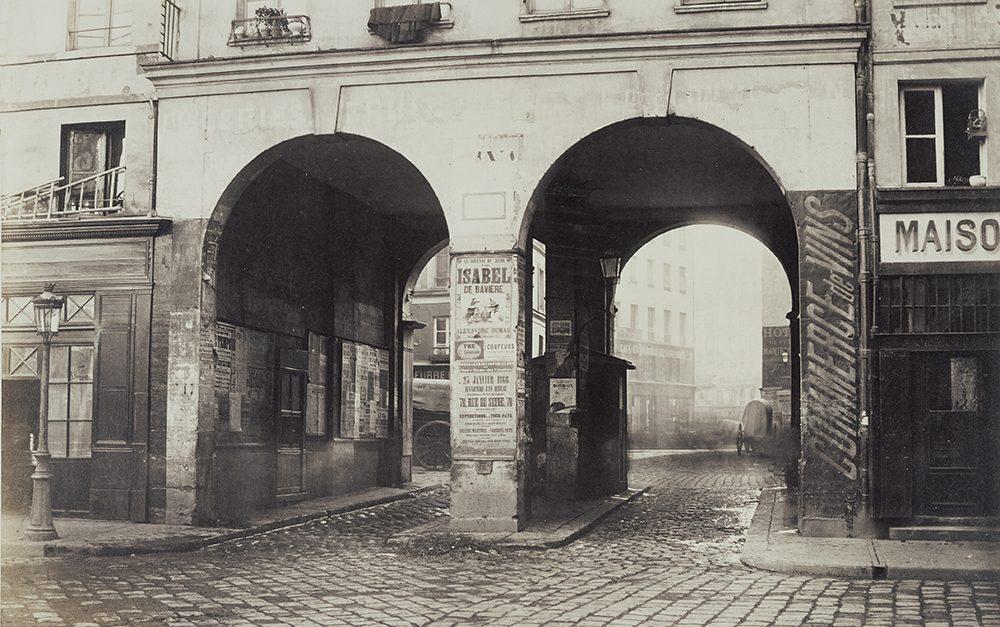
The boulevards that Haussmann would create were supposedly impossible to barricade—and wide enough to transport cannons with ease. Both Napoleon III and Haussmann understood that the revolts—which had been led in the name of and by the city’s working poor—sprang from a bleak reality. Napoleon III had grown up in exile in the United States and England, and he barely knew Paris when he first arrived in power. As he walked through the streets to tour the city, he would have seen blood running from the slaughterhouses, the squalid living conditions of the poor, and the raw sewage glistening in the streets. By the 1850s, over one million people lived in Paris (New York City had half as many at the time), doubling in size since the French Revolution.
The overcrowding turned Paris into an “immense workshop of putrefaction, where misery, the plague, and disease work together in harmony,” according to socialist activist Victor Considérant. Writers, politicians, and social advocates of the day saw in those conditions a valid reason for revolt against the ruling elite. Napoleon III even ran on a progressive platform in the 1848 election, advocating for sanitary living conditions for all people, regardless of wealth or status.
One way to successfully quell rebellion then was to create better living conditions—or simply to insulate the rich from the poor. Wealth disparity had already reached staggering heights before the arrival of Haussmann. What changed, however, was the proximity between rich and poor. Pre-Haussmann, wealthy and poor lived in the same neighborhoods and even the same buildings, with the wealthiest families occupying the first floors and poorer families renting the higher levels.
Haussmann cleared the slums in much of central and eastern Paris, expelling thousands of people from their homes in exchange for the equivalent of a few dollars. He annexed villages like Montmartre and Belleville to incorporate them into Paris, increasing the city’s size from twelve to twenty arrondissements. Haussmann continued to rely on his percements, and his projects were increasingly marked by both grand construction and a love of destruction. Never one for sentimentality, Haussmann explained his choice to tear down so much of central Paris in his memoirs with the simple metaphor: “It is easier to cut through the center of the pie than through the crust.”
While the clearance of the slums was presented as a way to help the poor, the poor themselves could almost never afford to move back into their old buildings or anywhere near them. The bourgeoisie moved further west to new apartments near department stores and grand boulevards. With rents soaring after the renovation, the working class emigrated east and north to the annexed neighborhoods. Villages like Belleville—once a hilltop hamlet notable for its farms and vineyards—suddenly became part of the city. By the time Paris’ exiles had started to arrive, Belleville was already on its way to becoming a working-class town, known for its bohemian cabarets and guingettes, quaint outdoor drinking establishments painted by the likes of Renoir. The expelled Parisians often moved east to Belleville and sometimes even further to Batignolles and other banlieues—suburbs that to this day are still identified with immigrants, the working class, and often with social unrest. The neglected outer regions of Paris maintained some of the geographic and social disorder that had allowed resistance to flourish under prior regimes, becoming new loci of rebellion later in the nineteenth century.
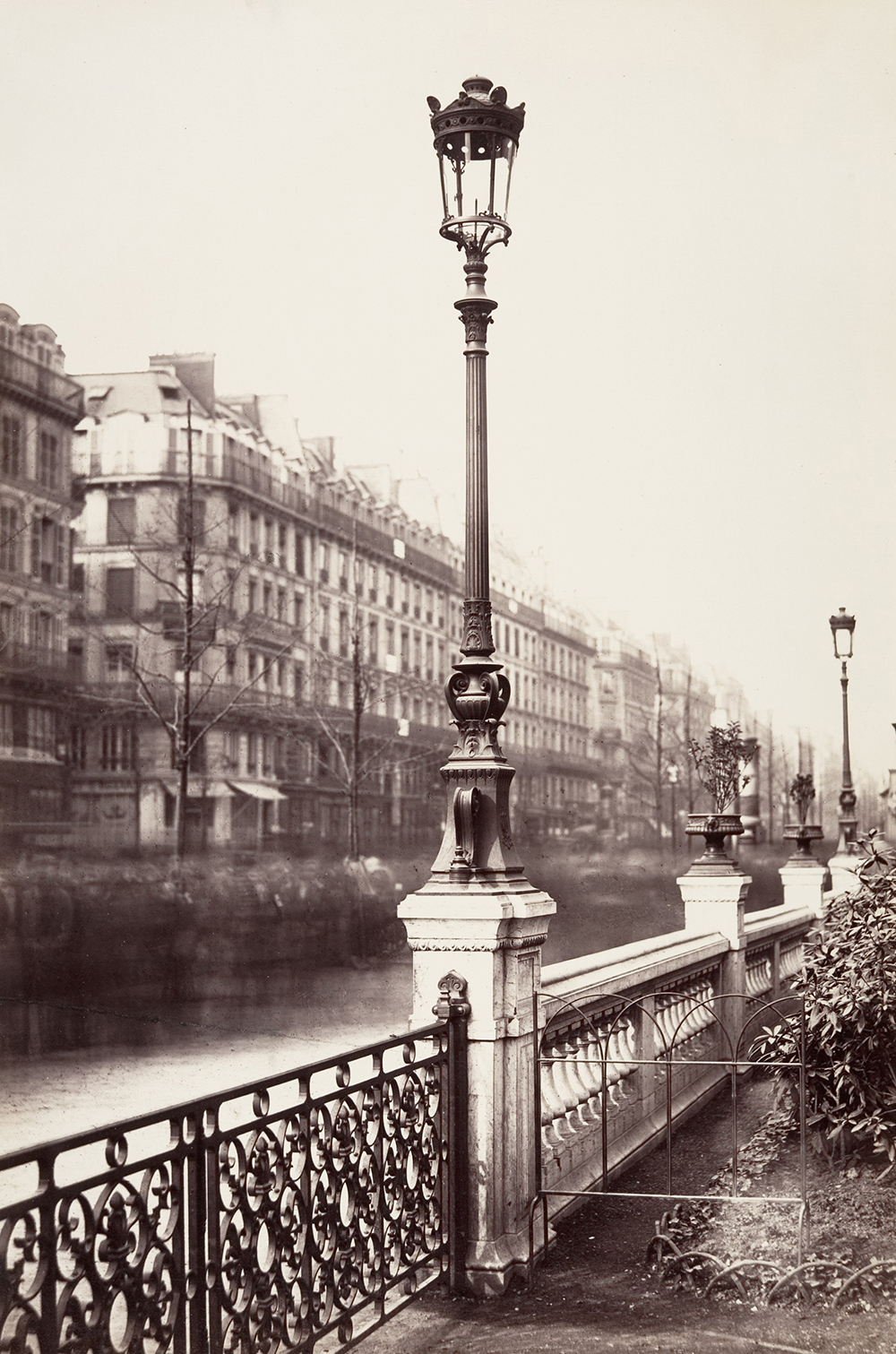
The voices and stories of those pushed out of their homes have mostly been lost. Journalism suffered under the reign of Napoleon III, who used his powers to effectively muzzle the press. Few journalists dared to criticize the emperor and his Parisian prefect. Much of the criticism moved instead to the world of novels and poetry, where writers slammed the regime under the guise of fiction.
One of the most searing criticisms of the era came from Émile Zola’s novel La Curée; the title refers to the scraps of meat thrown to dogs after a hunt. Haussmann was not the only enemy, according to Zola. In order to foot the bill for vast projects, Haussmann and the state condemned and expropriated large swathes of land, reselling them to land developers at a high cost. Those land developers in turn often employed tawdry tactics to enhance their own wealth. Still, for all of its criticism, the book focuses mostly on those doing the displacement, not those being displaced. He writes:
The gang of fortune-seekers who had succeeded in stealing a throne required a reign of adventures, shady transactions, sold consciences, bought women, and rampant drunkenness. In the city where the blood of December had hardly been washed away, there sprang up, timidly as yet, the mad desire for dissipation that was destined to drag the country down to the level of the most decadent and dishonored of nations.
The social ills that helped motivate the 1848 revolution did not disappear with the renovation of Paris and the subsequent restructuring of its social life. They may have even been made worse by the stratification of urban life, which was cast into relief by Haussmann’s organization of the city.
But the geographic separation of rich and poor did not stop Parisian social organizing. If anything, all it did was move the liberal heart of those protest movements to a new locale—one that turned out to be better suited to rebellion than central Paris. Activists in the nineteenth century would continue to find new ways of innovating, and the winding village streets of Montmartre and Belleville turned out to be the perfect size for barricades. Indeed, in the popular uprising of the Paris Commune, a radical socialist collective that ruled parts of the city for a brief few months in 1871, the last barricade to fall was in Belleville. Historian Jacques Rougerie has even argued that the Commune can be seen as “the vengeance” of those expelled from Paris.
Even today, the wealthiest can afford to live in Paris, while the working class and new immigrants are forced into suburbs, with the border between the two divided by a highway called “the periphery” (its construction completed in 1973), a ring road that encircles all of Paris proper. As public life increasingly moved outdoors in the nineteenth century—to the boulevards, parks, and cafés—that public life still managed to self-select by wealth and status.
“[A] grand city that reflects, in its monuments and buildings, the history of a people will always be more interesting and picturesque than a new city built at right angles in which all streets look alike,” read one 1862 article from the French magazine L’Illustration, criticizing the clearance of central Paris.
Not everyone agrees with this vision of the baron as a ruthless control freak. Some of his contemporaries lauded the changes as necessary for an urban center that was dangerously overcrowded. Twentieth-century historians like Patrice de Moncan and others continue to defend Haussmann as a visionary. “There was no property-owning democracy. Everyone was dependent on the will of the landowners and the owners of the houses in Paris. In that particular context, he really took on the most powerful social group at that time, trying to offer a solution to urban problems,” Antoine Paccoud, a social geographer who has written extensively on Haussmann, told me.
The baron would be fired before he could complete some of his grandest projects, including the Opera Garnier (which would open its doors in 1875). As the partially excavated city remained incomplete after nearly twenty years of work, politicians grew tired of his vast vision—and its 2.5-billion-franc price tag (around $85 billion today). Napoleon III, one of Haussmann’s fiercest defenders, gave in to mounting criticism from the opposition party and dismissed the prefect. Within months of his firing, France would see yet another invasion from a foreign military (this time the Prussians) and the social uprising from the Paris Commune. And in the wake of that revolt there would be more change, more new buildings—including the towering Sacré Coeur Basilica, built in part to “expiate the crimes” of the Commune.
Haussmann would live out his days in a semi-exile on the island of Corsica, the birthplace of Napoleon Bonaparte. Long after his death in 1891, architects and local Parisians alike continued to debate his legacy. The democratic government that took power after Napoleon III dismissed him as a ruthless tyrant who destroyed Paris in a quest for uniformity. His defenders called him the century’s great innovator, a man who brought light, space, and innovation to a dangerously unsanitary city. The barricades, that tool of social revolt so despised by the baron and his contemporaries, would rise again in 1968 and even in 2018—this time in the shadow of Haussmann’s ubiquitous buildings.